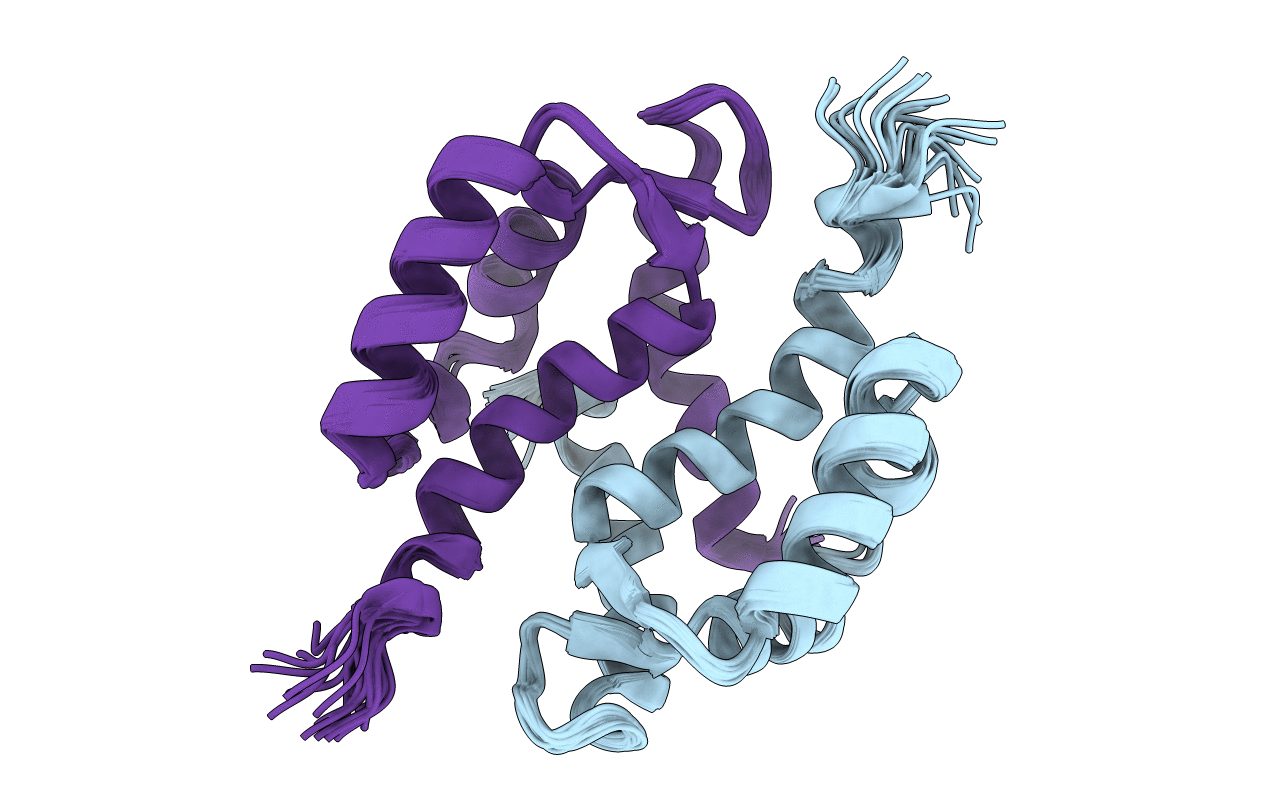
Deposition Date
2011-11-17
Release Date
2012-09-26
Last Version Date
2024-05-15
Entry Detail
PDB ID:
2LLU
Keywords:
Title:
Post-translational S-nitrosylation is an endogenous factor fine-tuning human S100A1 protein properties
Biological Source:
Source Organism:
Homo sapiens (Taxon ID: 9606)
Host Organism:
Method Details:
Experimental Method:
Conformers Calculated:
200
Conformers Submitted:
20
Selection Criteria:
structures with the lowest energy


